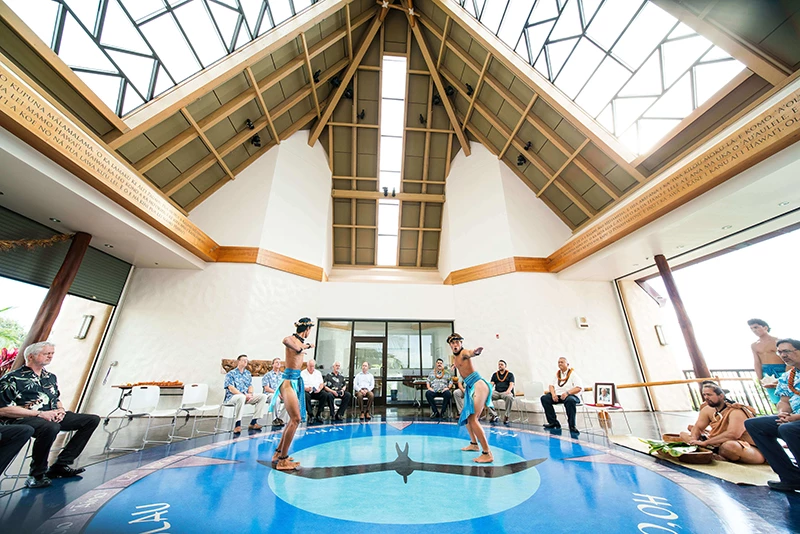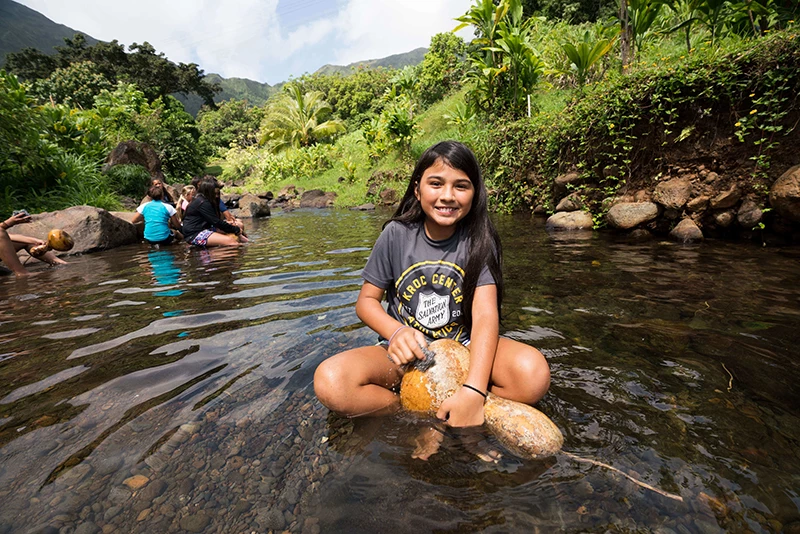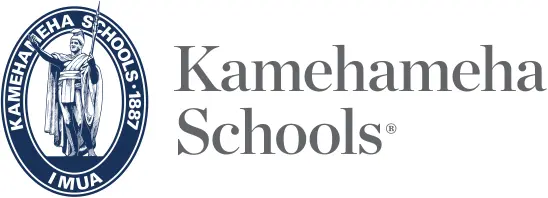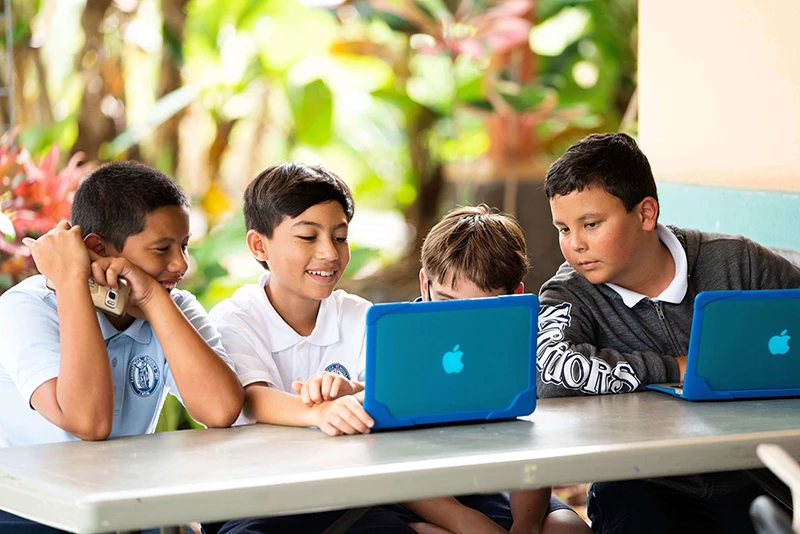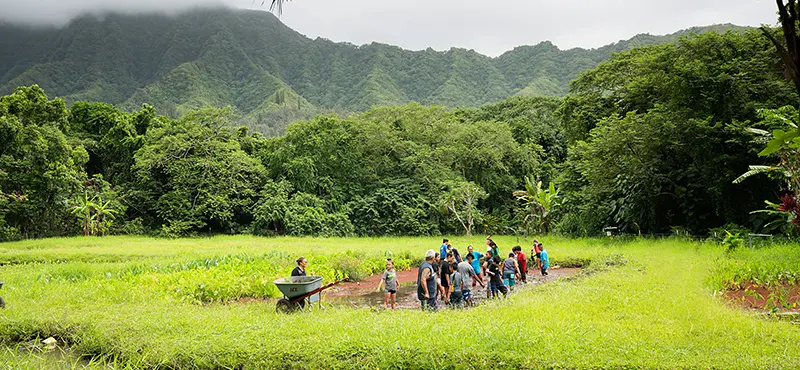Hoʻōla Lāhui – Revitalizing the Hawaiian People – is a Kamehameha Schools cultural principle that provides opportunities for employees, haumāna and ʻohana to learn about and cultivate Hawaiian identity, history and culture, and the Hawaiian Experience. The mo‘olelo below is one such opportunity.
On January 17, in the year 1893, the Kingdom of Hawaiʻi was illegally overthrown.
The following remembrance recorded by Johanna Wilcox speaks of the overwhelming sadness felt by the population after the overthrow and annexation of Hawaiʻi to the United States of America.
“I was born a citizen of the Republic of Hawaiʻi in this City of Honolulu on Feb. 18, 1898. Six months later, on Aug. 12, 1898, Hawaiʻi became a Territory of the United States by annexation, at a formal noontime ceremony held in front of ʻIolani Palace. My mother and father and most Hawaiians stayed away from that heart-breaking ceremony.
“An interesting incident took place shortly before the changeover. Several members of the Royal Hawaiian Band were so disturbed and unhappy that they hurriedly left the scene crying unashamedly when it was time to lower the flag of Hawaii. The sympathetic German bandmaster, Captain Henri Berger, understood their feelings and so did not attempt to stop them. So, only a part of the membership of the Royal Hawaiian Band remained to play the national anthem “Hawaiʻi Ponoʻī” when Hawaiʻi’s flag was hauled down. The “Stars and Stripes” were then raised over ʻIolani Palace; a 21-gun salute was fired, while the band from an American warship played “The Star Spangled Banner.” An event of this magnitude would ordinarily call for gala celebrations that night. However, there were no celebrations as there was too much sadness, too much bitterness and resentment prevalent in the atmosphere and the authorities were afraid of riots by the unhappy frustrated Hawaiians...”
Read about the events leading up to the overthrow here.
Strategic Plan 2020
SP2020 is a five-year strategic plan that will guide Kamehameha Schools from 2015 to 2020. The plan marks a starting point toward KS’ Vision 2040, which envisions success for all Native Hawaiian learners.
This story addresses Goal 3 of SP2020 which calls for KS to cultivate a Native Hawaiian identity within its learners. It also supports Action 5 of Kamehameha’s Ten Actions for fiscal year 2017, calling for KS to integrate cultural principles system-wide.
Queen Liliʻuokalani’s Protest Against the Overthrow
I Liliʻuokalani, by the Grace of God, and under the constitution of the Kingdom, Queen, do hereby solemnly protest against any and all acts done against myself and the constitutional Government of the Hawaiian Kingdom by certain persons claiming to have established a provision government of and for this Kingdom.
Then I yield to the superior force of the United States of America, whose minister plenipotentiary, His Excellence John L. Stevens, has caused United States troops to be landed at Honolulu, and declared that he would support the said provisional government.
Now, to avoid any collision of armed forces, and perhaps the loss of life, I do, under this protest and impelled by said force, yield my authority until such time as the Government of the United States shall, upon the facts being presented to it, undo the action of its representative, and reinstate me in the authority which I claim as the constitutional sovereign of the Hawaiian Islands.
TAGS
goal 3,
16-17action5
CATEGORIES
Kaipuolono Article, Themes, Culture, Newsroom
Print with photos
Print text only

